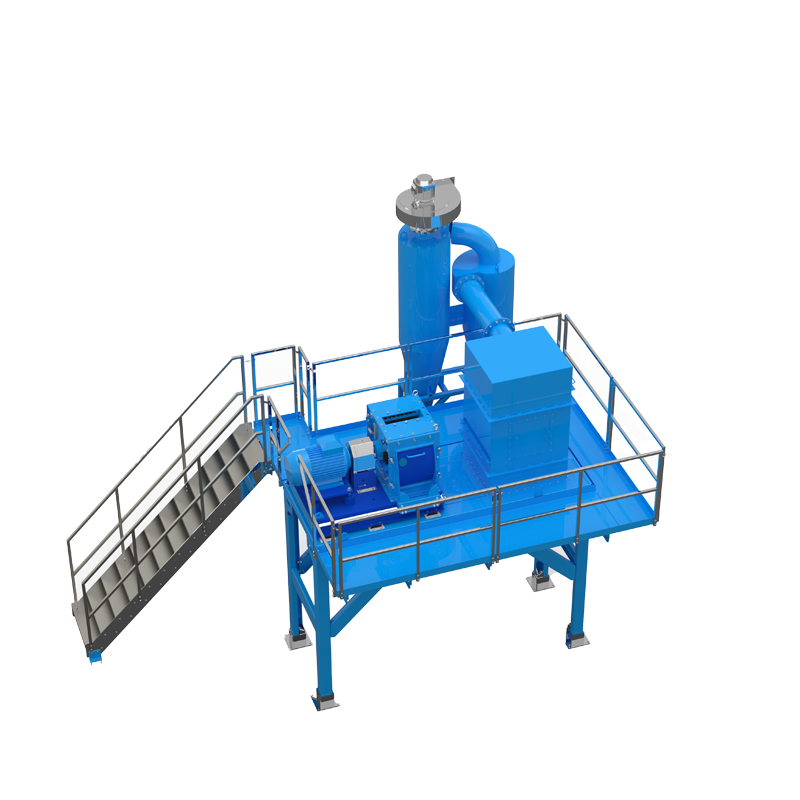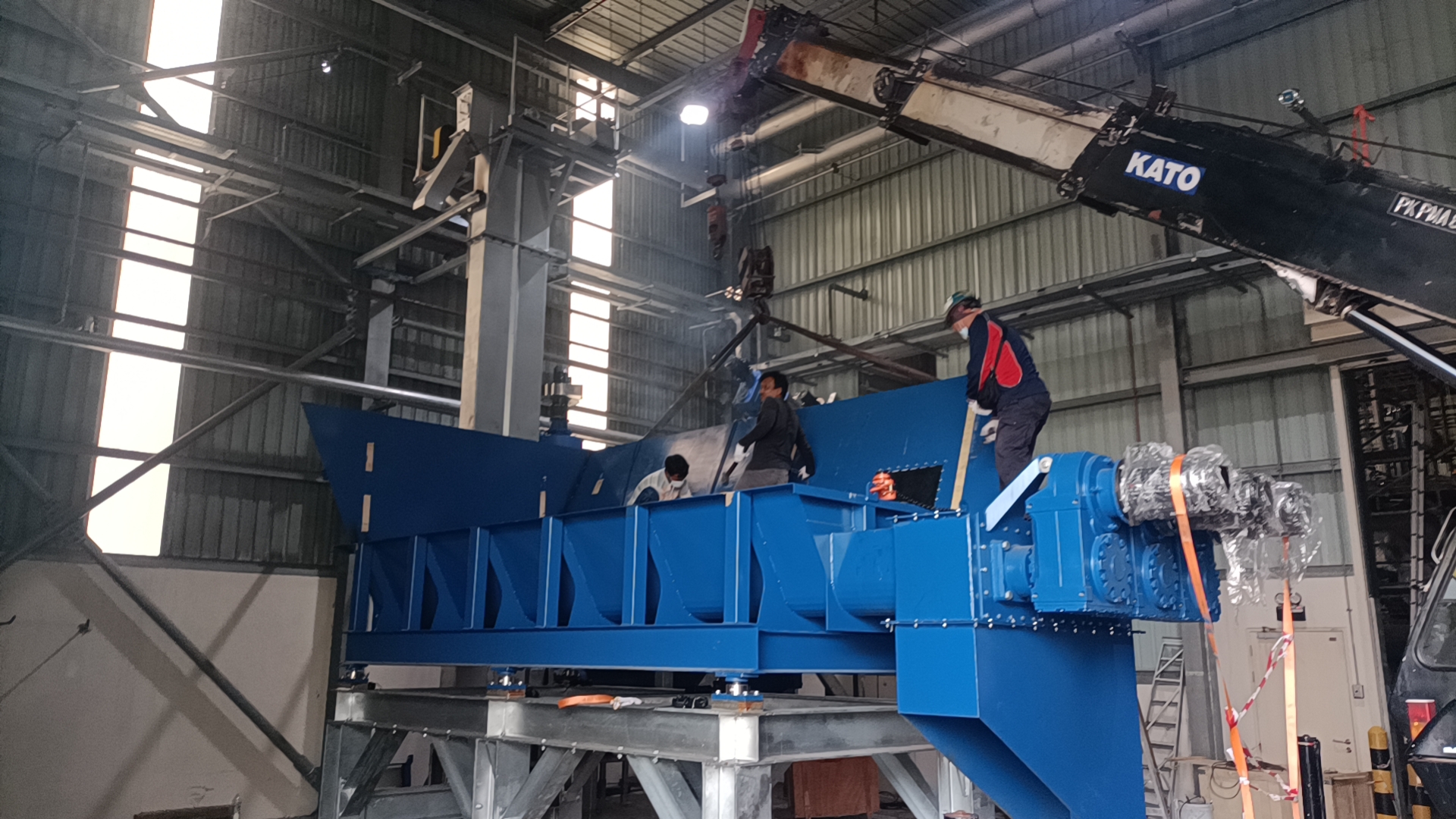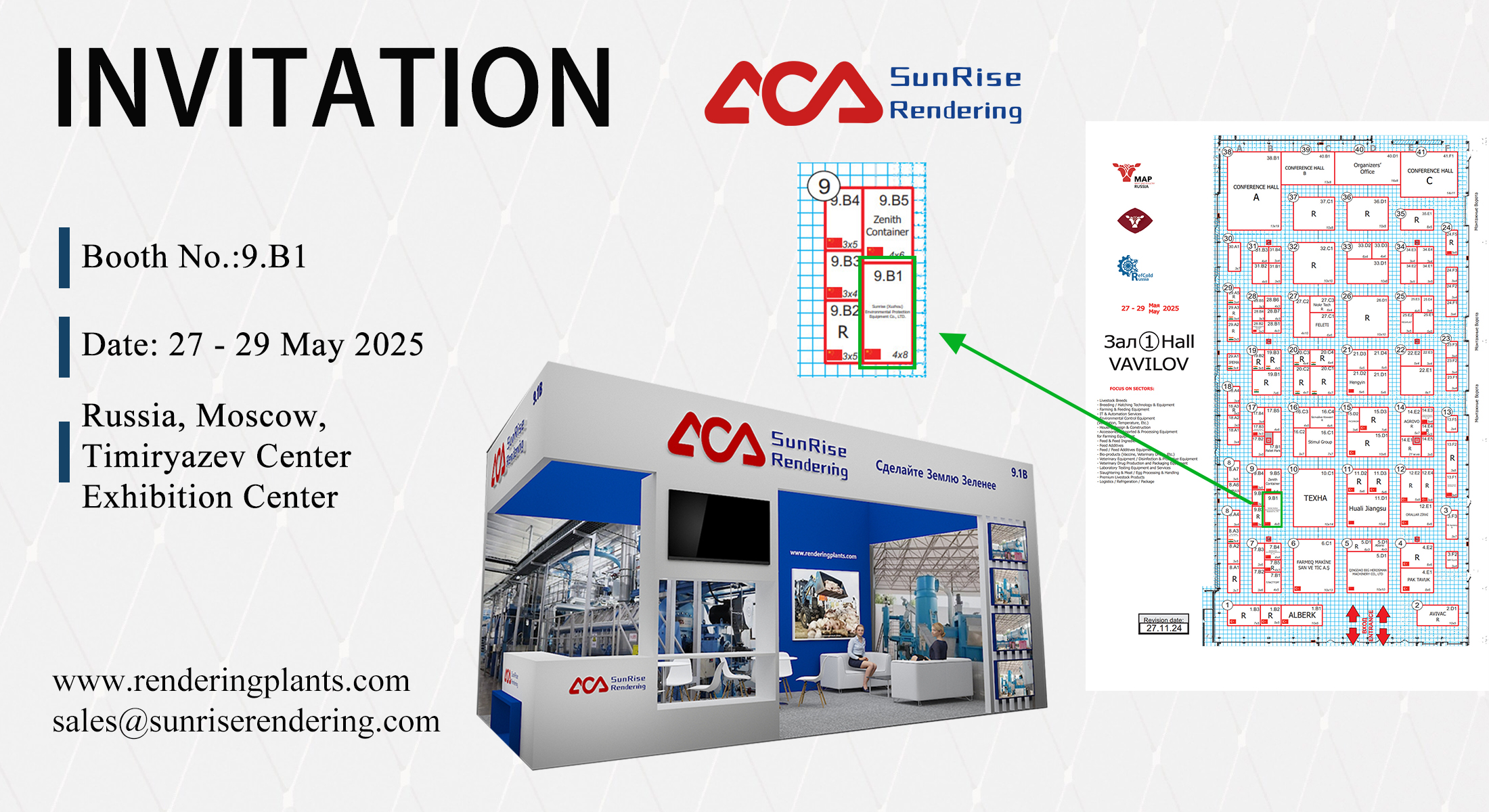
What is a Chicken Rendering Plant?
What is a Chicken Rendering Plant?
What is a chicken rendering plant? A chicken rendering plant is a specialized facility that processes various chicken by-products, such as feathers, offal, and unused parts, into valuable products like chicken meal and fat. Its crucial role in the poultry industry lies in minimizing waste, improving sustainability, and producing valuable ingredients for animal feed, pet food, and industrial applications.
Overview of Chicken Rendering
Chicken Rendering Definition and Purpose
Chicken rendering is the transformative process wherein diverse chicken by-products, encompassing feathers, bones, offal, and other underutilized parts, undergo conversion into valuable commodities like chicken meal and chicken fat. Its primary objective lies in the extraction of valuable constituents from these by-products while simultaneously curbing waste generation and mitigating environmental consequences.
Varieties of Rendering Processes
- Dry Rendering
Dry rendering represents a thermal methodology characterized by the application of heat to chicken by-products in an environment devoid of moisture. Typically, this technique employs indirect heat to effectively separate fat and protein components, culminating in the production of products such as chicken meat and poultry fat.
- Wet Rendering
Wet rendering, also recognized as wet processing or pressure rendering, relies on the utilization of steam and pressure to disintegrate chicken by-products. This method finds particular utility with materials characterized by high moisture content, including offal and feathers. The outcome of this process includes rendered products like meat and bone meal.
Significance of Rendering in Waste Management
The pivotal role of chicken rendering unfolds within the domain of waste management within the poultry industry. The absence of rendering would render the disposal of chicken by-products a formidable environmental and financial challenge. Rendering emerges as the pivotal solution for mitigating the environmental footprint of poultry processing by repurposing waste into valuable assets. In this manner, it significantly curtails landfill waste generation and simultaneously offers essential ingredients for diverse industries, encompassing animal feed, pet food, and even biofuel production.
Key Components of a Chicken Rendering Plant
Collection and Transportation of Chicken By-Products
- Slaughterhouse Waste
Rendering plants invariably serve as recipients of by-products directly from poultry slaughterhouses. These by-products comprise components such as heads, feet, feathers, and other non-consumable parts. Ensuring efficient collection and transportation methodologies is imperative to facilitate the seamless transfer of these materials to the rendering facility.
- Processing Plant Waste
Beyond the purview of slaughterhouse waste, rendering plants may also receive by-products originating from poultry processing plants. These include viscera and trimmings, materials typically generated during the transformation of whole chickens into assorted cuts and products.
Rendering Equipment
- Cookers
Cookers stand as the cornerstone of the rendering process. They are meticulously engineered to elevate the temperature and sterilize the chicken by-products, catalyzing the breakdown of organic matter while simultaneously segregating fat and protein constituents. The selection of cooker type, whether batch or continuous, is contingent upon the specific rendering process under consideration.
- Presses
Presses come into play for the separation of rendered material into its assorted components, including solids for the derivation of chicken meals and liquids to obtain chicken fat. They are instrumental in eliminating excess moisture and optimizing the yield of valuable products.
- Drying and Cooling Systems
Drying and cooling systems assume paramount importance in reducing the moisture content of rendered products and preventing spoilage. The intricacies of these systems vary in alignment with the type of rendering process employed and the stipulated final product specifications.
Storage and Packaging Facilities
- Storage Tanks
Rendering plants necessitates the integration of storage tanks to accommodate both raw chicken by-products and the final rendered products. Prudent storage practices ensure the preservation of product quality and facilitate their distribution to diverse industries.
- Packaging Materials
Rendered products are typically packaged in bulk or smaller units, making them ready for distribution to consumers. The choice of packaging materials is contingent upon the specific product and its intended application, encompassing options such as animal feed sacks or drums tailored for fat storage.

Environmental Control Systems
- Odor Control
Rendering plants can be sources of potent odors due to the nature of the materials being processed. Consequently, it becomes imperative to implement effective odor control systems to minimize the impact on neighboring communities and maintain a safe and pleasant working environment.
- Emissions Control
During the rendering process, rendering plants may release gases and particulate matter. Emissions control systems are instrumental in mitigating environmental pollution and ensuring strict adherence to regulatory standards.
Chicken Rendering Process
Collection and Sorting of Chicken By-Products
The chicken rendering process commences with the collection and meticulous sorting of chicken by-products. These by-products are sourced from slaughterhouses and processing plants, including parts such as feathers, heads, feet, and offal. Efficient sorting ensures that all materials are appropriately prepared for subsequent rendering.
Cooking and Rendering
After sorting, the chicken by-products enter the cooking and rendering phase. In this crucial step, cookers are employed to apply heat and sterilize the by-products. This process breaks down organic matter and effectively separates the fat and protein components. The choice between dry and wet rendering methods depends on the specific characteristics of the materials and desired end products, such as chicken meal and poultry fat.
Separation of Rendered Products
Following the cooking and rendering stage, presses are utilized to separate the rendered material into distinct components. Solids are extracted for the production of chicken meal, while liquids are obtained to derive chicken fat. This separation process ensures maximum yield and the creation of valuable products.
Drying and Cooling
Rendered products often contain residual moisture, which needs to be reduced to prevent spoilage. Drying and cooling systems are integral in this regard. These systems are tailored to the specific requirements of the rendering process and the desired final product specifications, ensuring the proper moisture content is achieved.
Packaging and Distribution
Once rendered products have been processed, they are prepared for packaging and distribution. Depending on the intended use and market, products are packaged in bulk or smaller units using suitable materials. Packaging is designed to meet the needs of various industries, including animal feed, pet food, and industrial applications.
Uses and Products of Chicken Rendering
Rendered Chicken Products
- Chicken Meal
Chicken meal is a primary product of the rendering process and is rich in protein. It serves as a valuable ingredient in animal feed formulations, providing essential nutrients to livestock, poultry, and pets. Chicken meal contributes to the nutritional needs of animals and supports their growth and overall health.
- Chicken Fat
Chicken fat is another significant product derived from rendering. It is a source of energy and essential fatty acids, making it a valuable ingredient in animal feeds. Chicken fat adds flavor and nutritional value to pet foods and is also used in industrial applications, such as biodiesel production.
Utilization in Various Industries
- Animal Feed
Rendered chicken products play a vital role in the animal feed industry. Chicken meal is a key ingredient in formulating balanced diets for livestock, poultry, and aquaculture. It provides protein and essential amino acids necessary for healthy animal growth and production.
- Pet Food
High-quality rendered chicken products are used in the production of pet foods, including dog and cat kibble and wet food. These products offer a source of protein and fat, meeting the dietary requirements of pets while enhancing the palatability of their food.
- Industrial Applications
Chicken fat, due to its high energy content, finds applications in various industrial processes. It is used in biodiesel production, lubricants, and as a source of renewable energy. The versatility of rendered chicken fat extends its utility beyond the realm of animal nutrition.
Challenges and Concerns
Health and Safety Concerns for Workers
Rendering plants involve potentially hazardous processes, including high-temperature cooking and machinery operation. Ensuring the health and safety of workers is paramount, necessitating stringent safety protocols, training, and protective measures.
Odor and Pollution Control
Rendering facilities can emit strong odors, which can be a concern for both workers and neighboring communities. Effective odor control systems are essential to mitigate these odors and prevent environmental pollution. Furthermore, managing emissions, including particulate matter, is vital to minimize the facility’s environmental impact.
Public Perception and Community Concerns
Public perception of rendering plants can be influenced by odor issues and concerns about environmental impact. Addressing community concerns through transparent communication, responsible environmental practices, and compliance with regulations is critical to maintaining a positive relationship with the surrounding community and the public at large.
Embrace Sustainable Poultry Processing with Chicken Rendering Plants
In conclusion, a chicken rendering plant is a vital nexus in the poultry industry, converting chicken by-products into valuable resources while addressing waste management and environmental concerns. This process, encompassing collection, rendering, separation, drying, and distribution, yields products like chicken meal and fat, which find utility in animal feed, pet food, and diverse industries. Challenges, including safety, odor control, and community perception, underscore the need for responsible operation. As an integral component of sustainable poultry processing, chicken rendering plants play a pivotal role in maximizing resource utilization and minimizing environmental impact.



